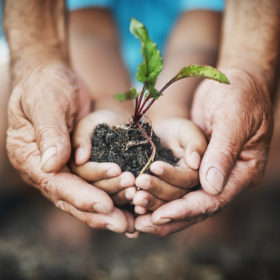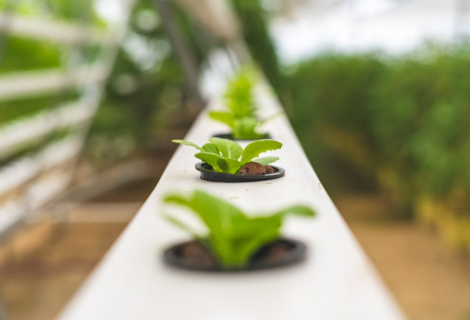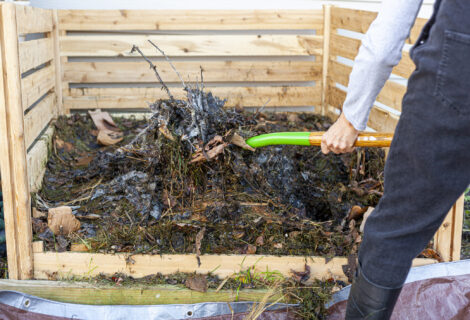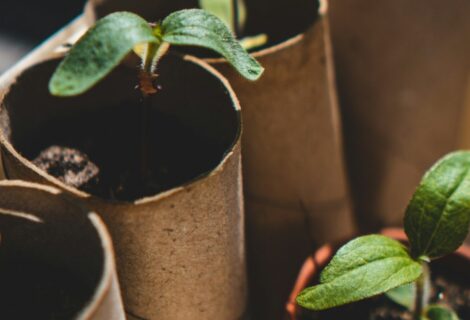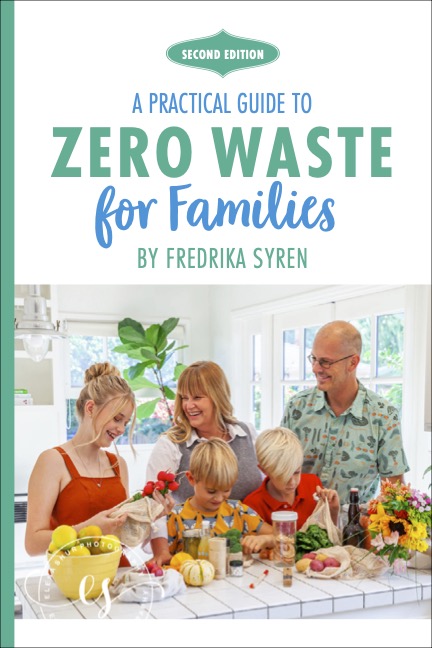
Gardening can be expensive. Every year, when we used to start a summer container garden we would spend lots of money buying two or three bags of potting soil, a variety of plants, and maybe a few new pots, Before you knew it I we had spent upwards of a hundred bucks. But it is possible to do Home Gardening on a Budget with a few frugal gardening tips.
Planning
Spend a few minutes to make a plan for your garden, and you’ll save yourself hours later on. Do you want a traditional row garden, or raised beds, a container garden, square-foot garden, or a combination? Need help? Check out The Gardening Notebook. It’ll walk you through the basics, such as
- How to begin gardening
- Enriching the soil with compost
- Garden layout designs
- Garden calendar
- Frost dates calendar
- Garden expense worksheet
- Seed and plant purchase record
- Worksheets with tips for growing vegetables, fruits, herbs and ornamentals
- Seed sowing record
- Pests, problems, and solutions worksheet
- Resource list
- Plenty of space for journals or notes
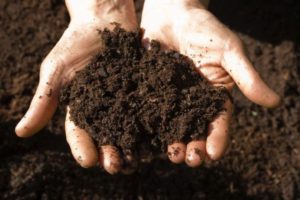 Start with Good Soil
Start with Good Soil
Building good soil is half the battle. If your soil is dead, even the best seeds you can buy won’t produce. No sense wasting money on seeds or plants that won’t thrive. We’ve covered composting here on zero waste family many times, and we can’t stress enough the importance of creating a healthy microbial environment. Composting costs nothing but a bit of effort, and it also helps sandy soil hold nutrients and moisture, and loosens heavy clay so plants can breathe. The beneficial microorganisms in compost helps your plants grow strong and healthy. As it decomposes, compost feeds your plants naturally and organically.
Once you’ve invested some effort in building good soil, you’ll want to protect it with a layer of mulch. Mulch can be grass clippings, leaf litter, hay, straw, shredded bark, whole bark nuggets, sawdust, wood chips, shredded newspaper, cardboard, or even wool. Mulch helps conserve soil’s moisture, improves the fertility and health of the soil, reduces weed growth, prevents erosion, and enhances the visual appeal of the garden.
Ask for Help
Typically, gardeners are friendly, generous people. Ask for raked leaves, coffee grounds, old cardboard, plant cuttings and clippings, unused seeds, or plastic pots otherwise destined for the landfill. Consider forming a neighborhood garden so the entire community can share in the capital investment, the work, the harvest and the seeds.
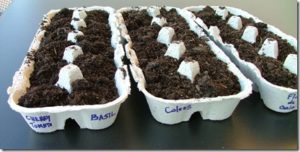 Reuse and Repurpose
Reuse and Repurpose
Instead of buying something, ask yourself if you already have something you can use. (Think old lumber or logs for raised beds, milk jugs for irrigation, hay bales or wood pallets for raised beds or trellises.) The nursery is stocked with all sorts of tempting gadgets but, really, all you need is a spade from the dollar store. For starting seeds, try using
- Egg carton cups
- Egg shells
- Newspapers
- Paper towel / toilet paper tubes
- K-cups or yogurt cups
- Paper coffee cups
- Plastic clamshell produce containers
For harvesting, use a basket or bucket and kitchen shears.
Seed Sharing
Starting plants from seed is FAR cheaper than buying already growing plants from the nursery. Also, since few people need or use all the seeds in a packet, get with your neighbors and divvy up your seeds for more variety. Try making your own DIY seed tape to both conserve seeds and get proper spacing between plants. Don’t have time to start from seed? Buy the smallest plants available; they’ll grow to be just as big and productive as larger ones.
Choose Your Plants Wisely
Some plants, such as onions, carrots, cabbage, or cauliflower, produce one vegetable from one seed. Other plants, like tomatoes, beans, kale, and squash, produce many vegetables per one seed. Focus on plants that produce as much harvest as possible.
Choose plants that will produce for more than just one season. Annuals die after one season; biennials die after two seasons, and perennials may produce for many seasons. Obviously, you’ll want to spend the least amount of money on annuals. You can spend $10 on a tomato plant and get tomatoes for one season. You could also spend $10 on a fruit tree that will produce for years. Your choice.
Also consider how the plants ripen. Do you want a lot of produce in a short period of time, say for canning purposes, or do you want a steady source of produce throughout the season for eating fresh? Tomatoes can fall into either category. Bush beans will produce all at once, but pole beans will produce throughout the season. Ask the salesperson at the nursery so you get the type you want for your needs. Maybe you want both types so you can have a lot ready at once for canning but still have some throughout the season for eating fresh off the vine.
Seed Saving
Plan to let a few of your plants go to seed so you can harvest the seeds to use the next year. Basil is great for reseeding. You also can propagate your own plants with cuttings or root clippings.


